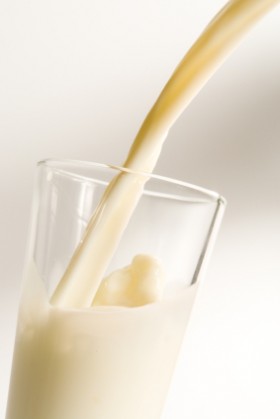 Rachel e-mailed the Kitchen Shrink to ask, “What is in buttermilk?” She said she had purchased some for a recipe and was surprised to find that, despite its name, buttermilk is low in fat.
Rachel e-mailed the Kitchen Shrink to ask, “What is in buttermilk?” She said she had purchased some for a recipe and was surprised to find that, despite its name, buttermilk is low in fat.
These days, most buttermilk is pasteurized low-fat milk to which lactic acid bacteria have been added to ferment it and make it sour and thick. This “cultured” product has nothing to do with butter. The puzzling name comes from the fact that buttermilk was originally a by-product of butter making. When butter used to be produced at home, full-cream milk was allowed to stand at room temperature until the cream came to the top. Depending on the weather, this also caused it to sour. The cream was then churned until it separated and particles of butter rose to the top. The mixture was strained to collect the butter and the low-fat liquid that was left was the buttermilk. It was slightly sour and had a few small flecks of butter in it but wasn’t as thick as today’s cultured buttermilk. If you have a recipe such as my pea soup that calls for buttermilk but you don’t have any on hand, you can substitute plain yogurt. If it is a baking recipe, you can also stir together 1 tablespoon vinegar or lemon juice plus enough milk to make one cup and let it stand for about 5 minutes before using it or use a cup of regular milk in the recipe and add 1 3/4 teaspoons of cream of tartar to the dry ingredients.


